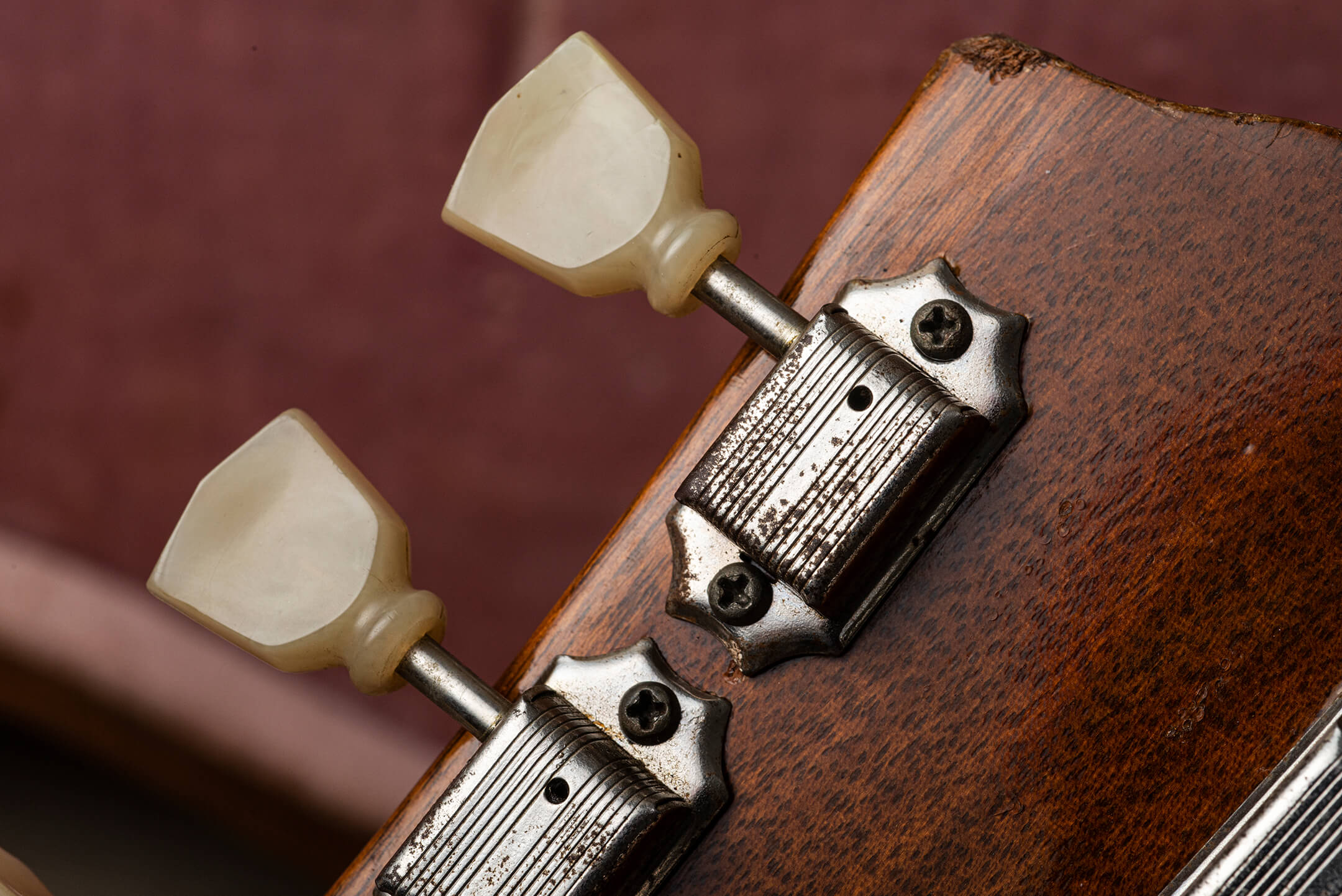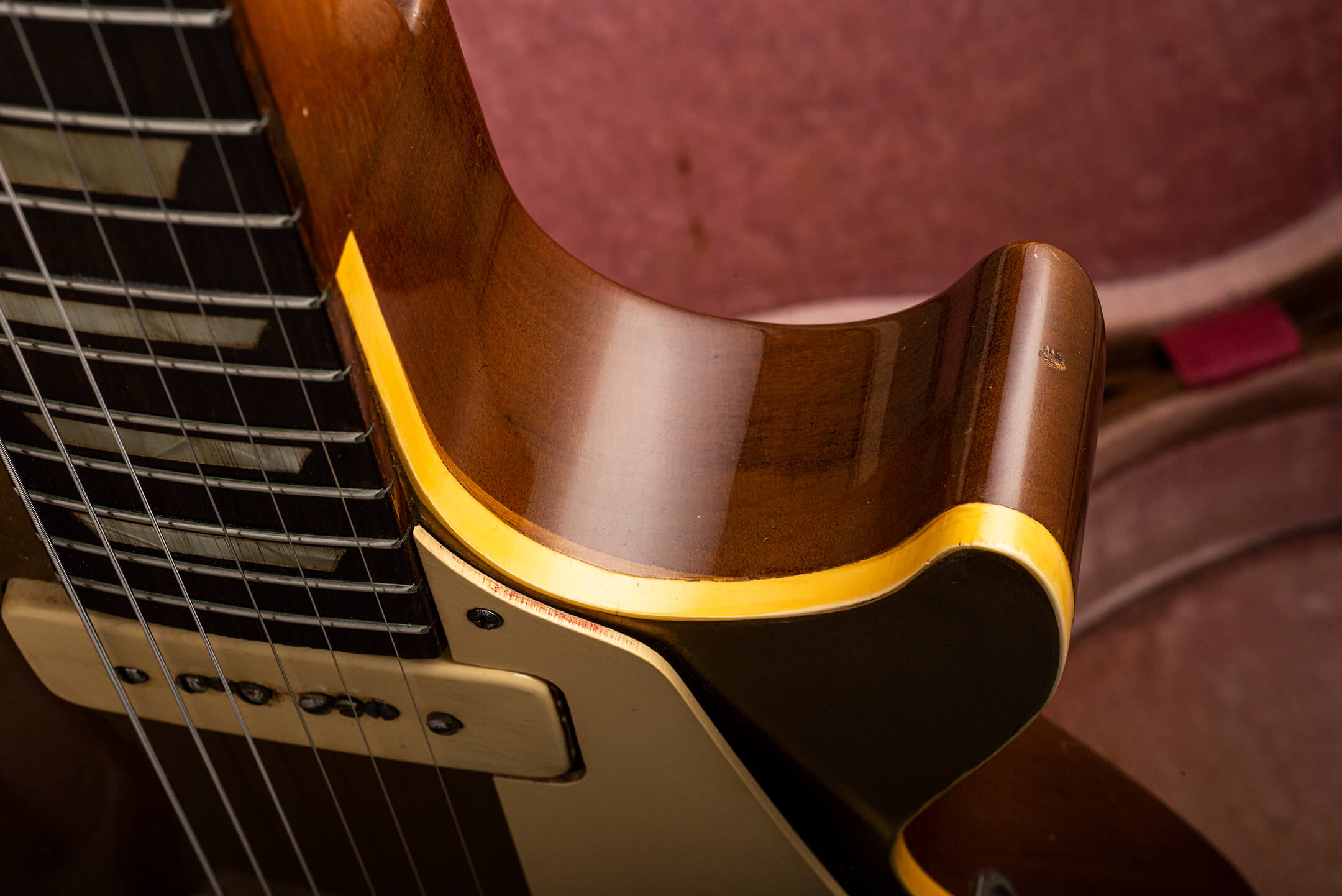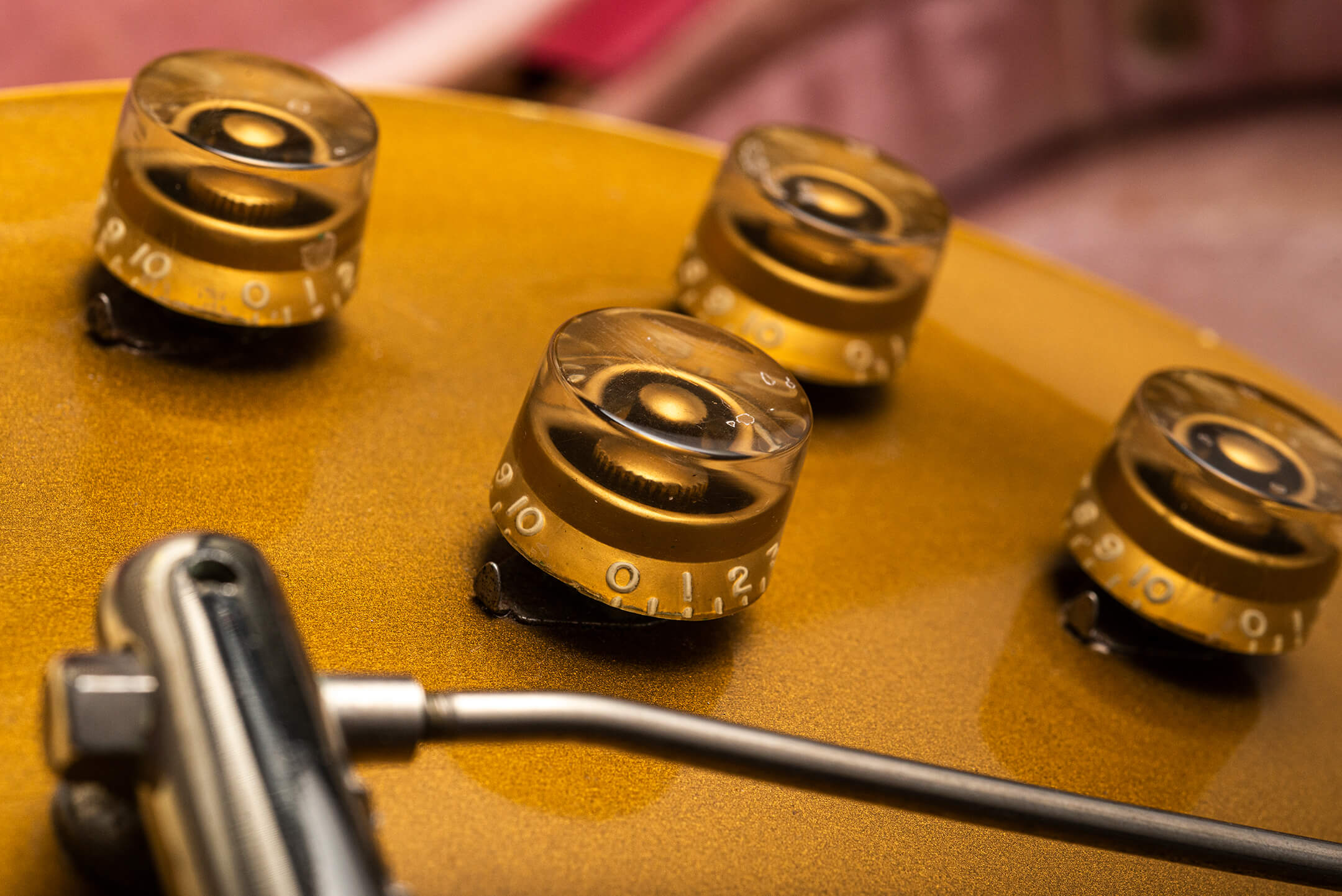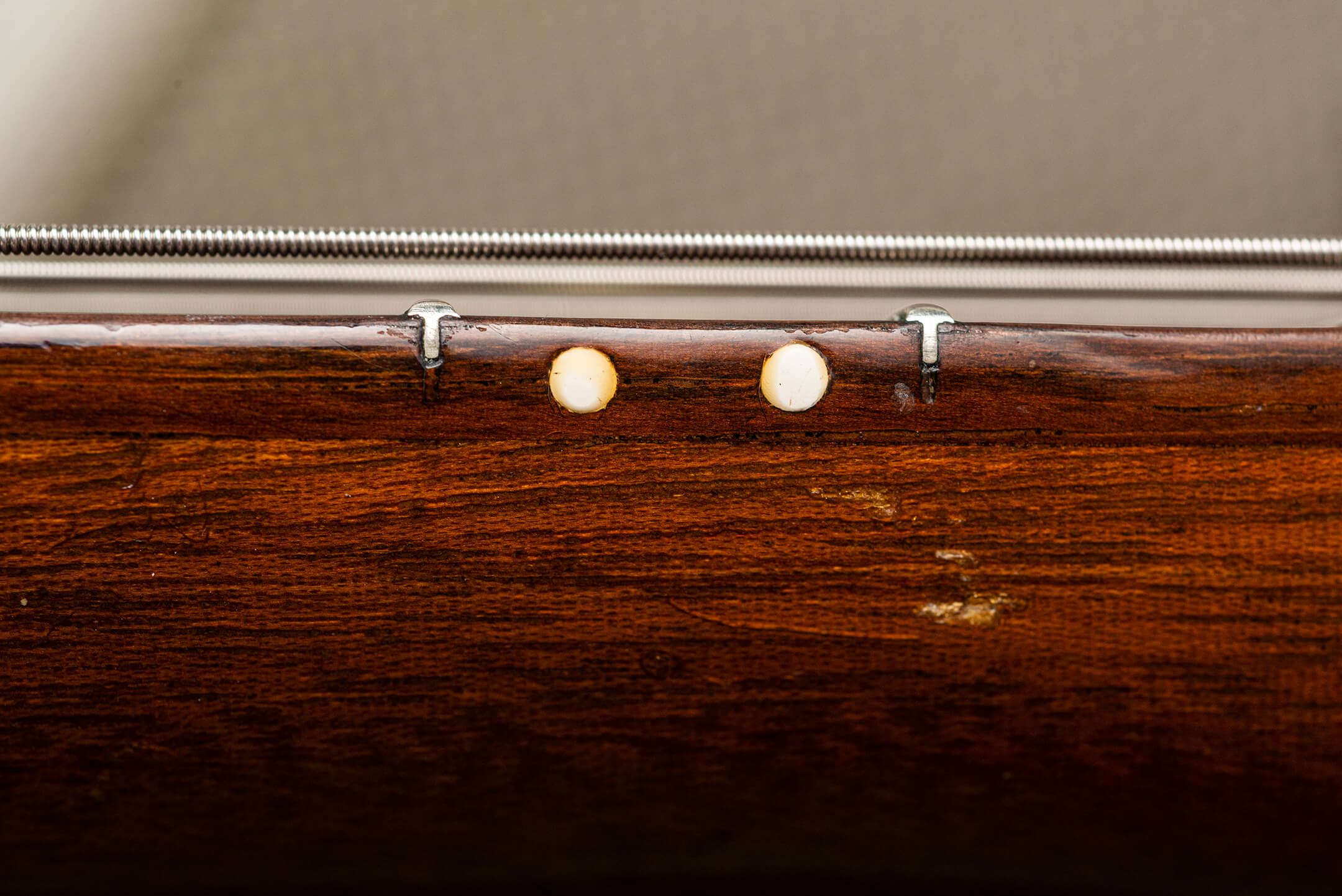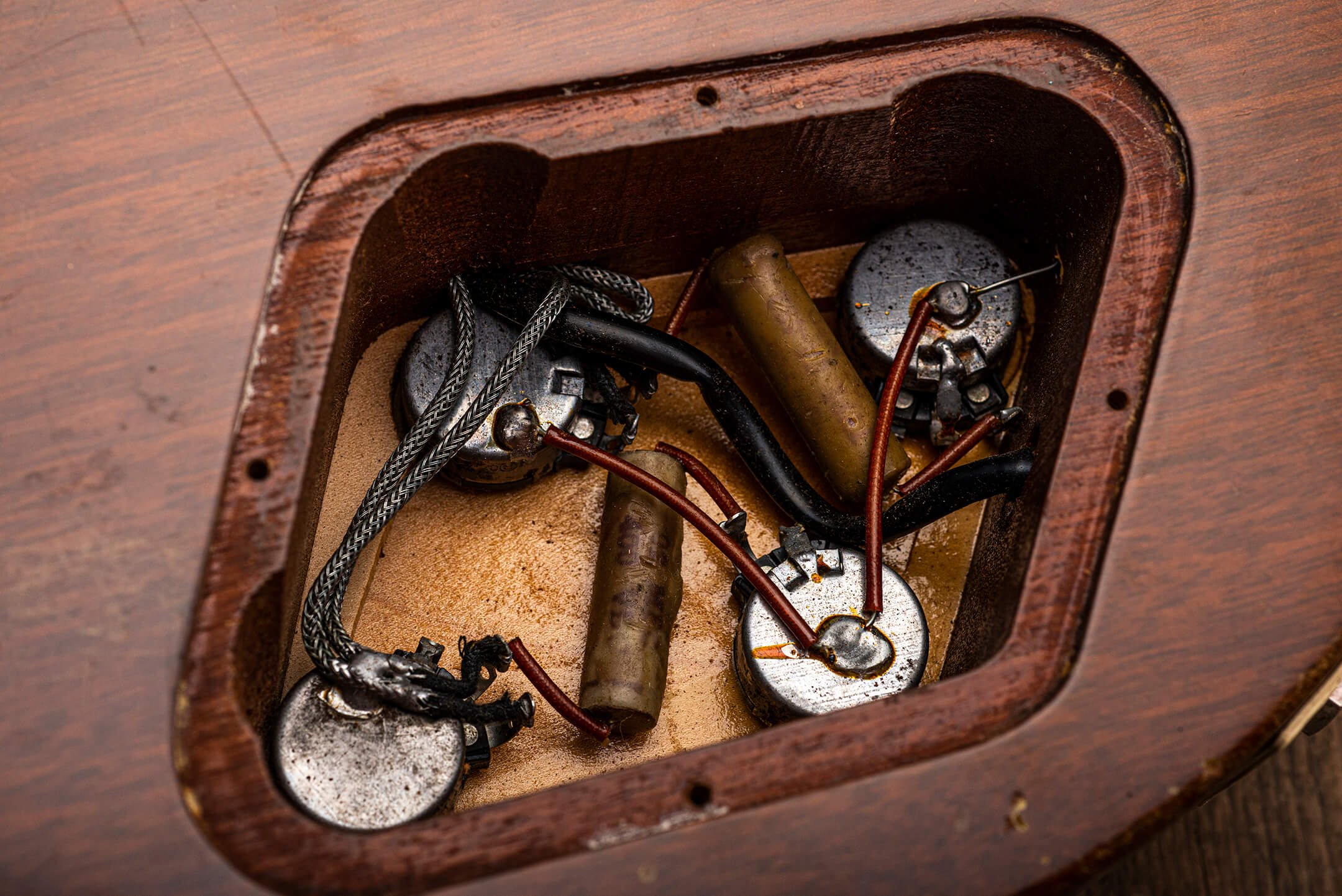Related Tags
The Money Shot: Watch a close encounter with one of the first 100 Les Pauls ever made
We check out this golden wonder from 1952 in the latest instalment of The Money Shot.
All images: Eleanor Jane
Even by the lofty standards of 1950s Gibson Les Pauls, this is a rare bird indeed. Recently acquired by our friends at ATB Guitars in Cheltenham, UK, this all-original 1952 Goldtop was one of the first 100 Les Pauls ever made. And we were lucky enough to spend a few glorious days with it.
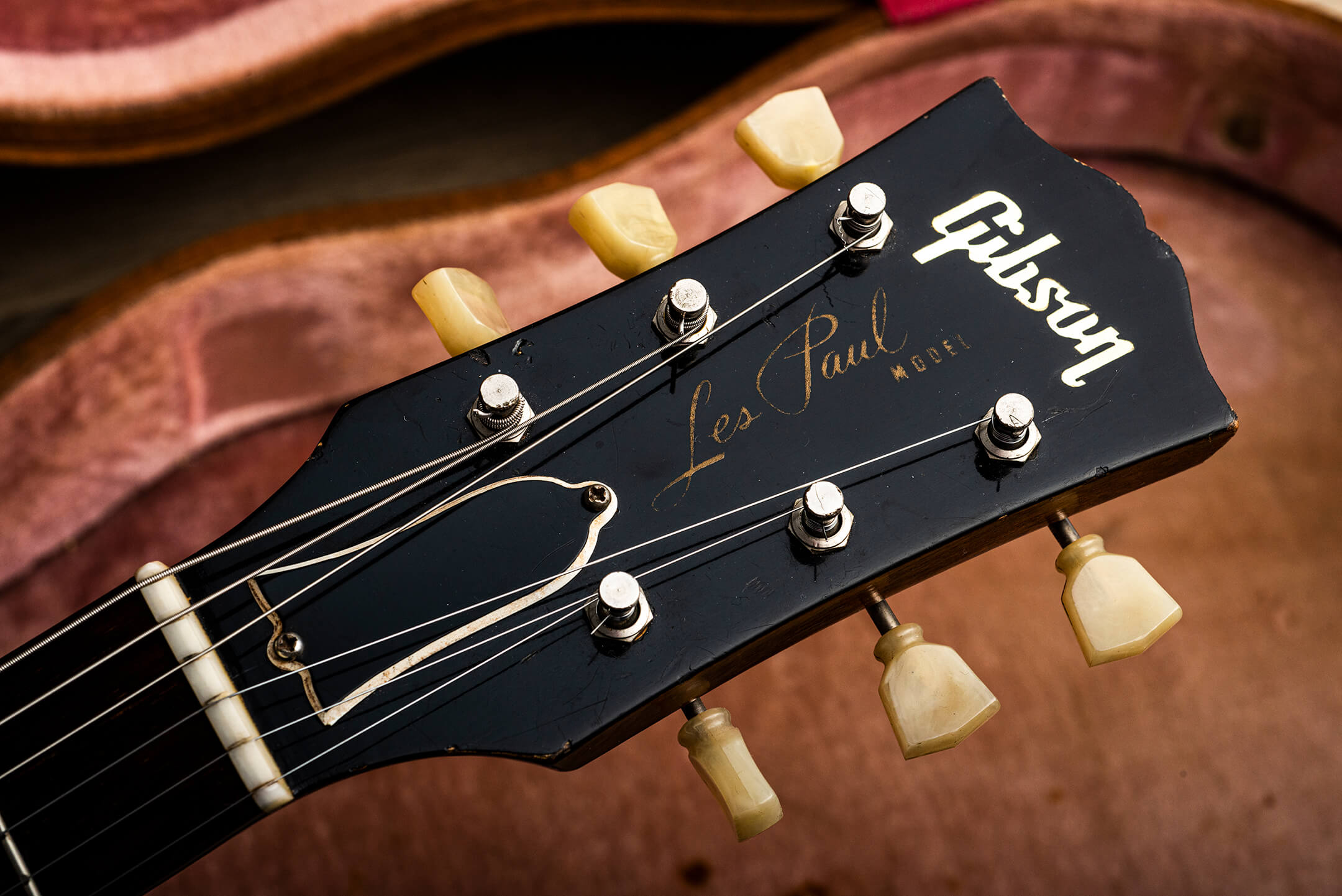
How can you tell it was one of the very first Les Pauls to leave 225 Parsons St back in the day? Since they didn’t have a serial number, the first 1952 Goldtops can be identified by several key features unique to the very earliest examples. These features were changed later that year, and included diagonal adjustment screws on the bridge P-90 and an unbound fingerboard.

The eagle-eyed will also notice that the dot over the letter ‘i’ is connected to the G on the headstock logo. Remove the bridge pickup, meanwhile, and you’ll find that the wiring channel passes diagonally through the centre of the bridge pickup rout, rather than the treble side.
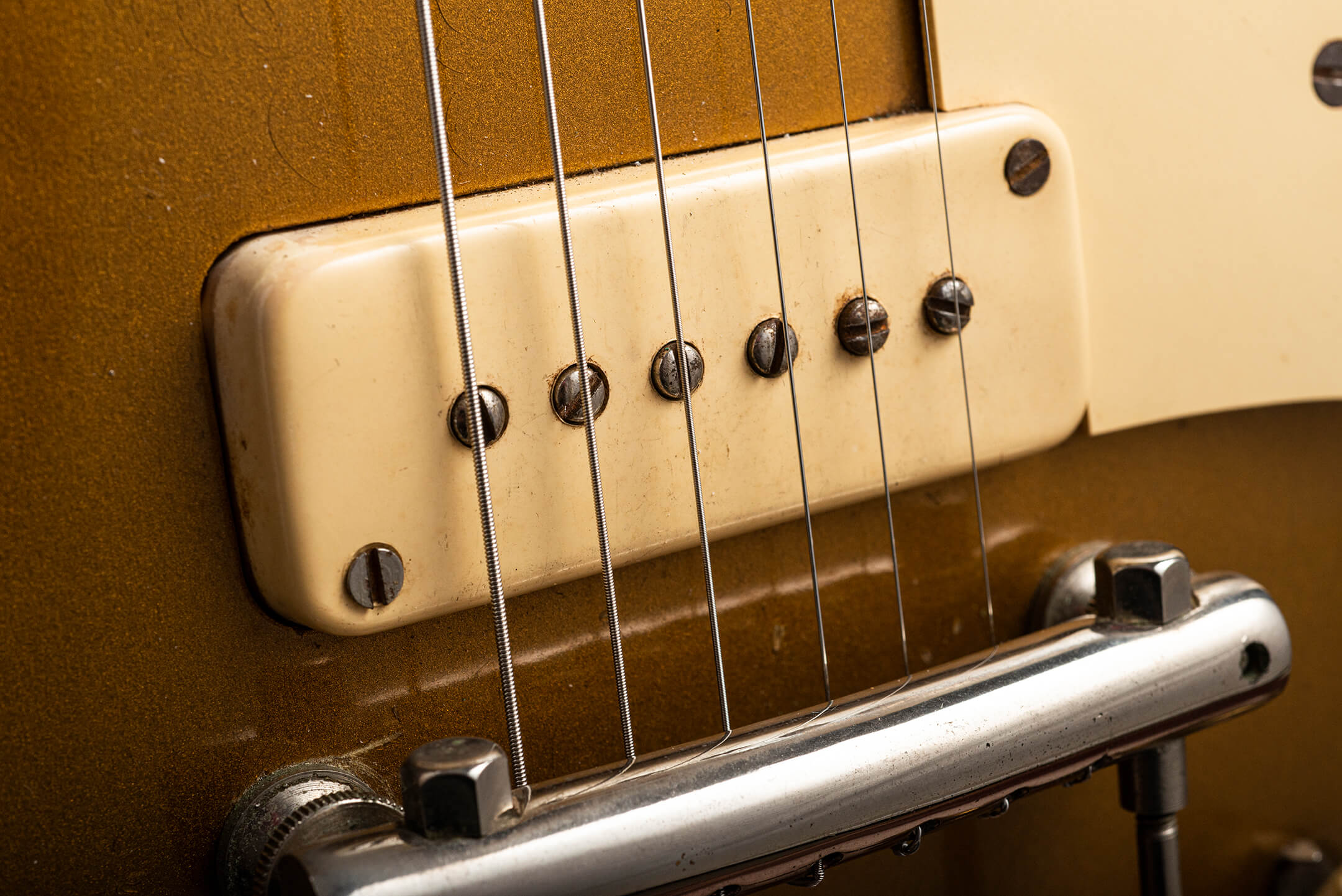
In addition, the control cavity is shaped more like a parallelogram than the more clover-like outline Gibson later settled upon, and the body is about one eighth of an inch deeper than the bodies of later Les Paul Goldtops.
Though the trapeze ‘wrap-under’ tailpiece and shallow neck angle of early Les Pauls are oft-maligned, every aspect of this particular guitar seems to work together harmoniously, with a superb balance between the pickups and some truly spectacular amplified tones. It’s also a very resonant example, and the weight of just 3.6kg/7.9lb makes it one of the very lightest Goldtops we’ve ever encountered.
The neck’s soft V profile is a joy to play and, while the bridge design rules out palm muting, there’s not much else that this guitar won’t do. Indeed, if the bridge bothers you that much then solutions are available, such as the non-invasive retrofit bridge designs that wrap over rather than under from MojoAxe and Glaser Instruments.
Check out our accompanying video to hear this incredible musical instrument in action and stay tuned to Guitar.com for more vintage content.

